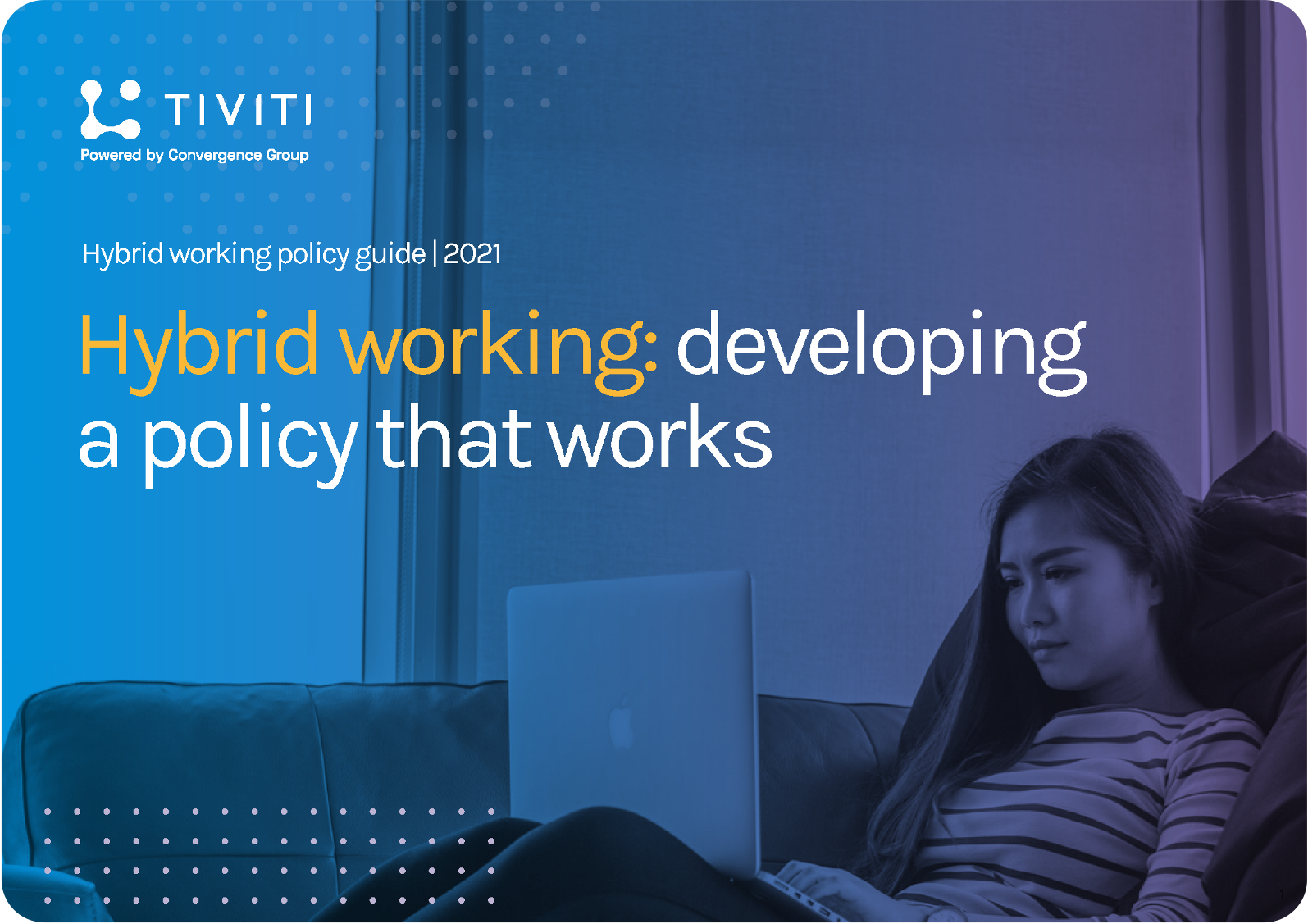Doing your duty
Every employer has a duty of care to their employees to ensure that they have all the tools they need to do their job safely, productively and in a way that supports their physical and mental wellbeing. This duty of care applies wherever and whenever an employee is working, and a worrying number of businesses have yet to grasp this basic premise. You wouldn’t run an office that had no heating, had exposed wiring, or that didn’t have any fire exits. So why would you leave remote workers to effectively fend for themselves?
A prime example of where employers are letting their remote workers down is in security: the strong, robust cyber-security measures that protect IT equipment in the office aren’t being replicated for those working at home. Cyber security is an increasingly important issue for businesses, one that has been amplified by COVID-19 - with 40% of IT leaders say they have experienced more attacks over the course of the pandemic.
Businesses have rightly recognised the priority of cyber-security in the post-pandemic world - Cisco research has found 85% of businesses cite security as extremely important or more important than it was before. However, this doesn’t necessarily mean they are covering all bases with remote workers: a Tessian report from late 2020 found that more than a third of businesses didn’t offer any training on remote working risks when the first lockdown was put in place.
It is absolutely essential that every employer implementing a long-term hybrid working model addresses all the key issues their remote workers might face. Is the furniture in their home office comfortable and not likely to cause injury? Is all their computer equipment fit for purpose and set up correctly? Are the right measures in place to ensure employees take proper breaks when working from home? Can they easily connect to co-workers, either digitally or by phone? These are just some of the questions that must be answered.
A mountain to climb?
Making sure home working is effective, practical and safe is not a small undertaking, and it’s certainly far more complex than it seemed at the outset. As Sarah Janes explained in the webinar: “Initially we were all forced into remote working, and a lot of organisations were fooled into thinking ‘I can just pick up my laptop, all my stuff is in the cloud, I can do this’, but as time has gone on we have established it’s not as easy as that.”.
Ultimately, employees expect - and have the right to expect - to be just as enabled, empowered and supported when working at home as they are in the office. Because of this, employers must not underestimate the responsibility on them to meet this expectation. Those employees that feel like they’re treated as second-class citizens compared to office-based workers, or aren’t given all the support and equipment they need, will feel negative, unproductive and less engaged with their work. And if those bad feelings go on too long, and their employer still won’t adequately support their hybrid working, then don’t be surprised when they go and find another employer that will.
Shape long-term strategies
To help businesses like yours cover every base of hybrid working, we’ve created a Hybrid Policy Guide that addresses all the key points. In the guide, you can learn how best to set out effective long-term strategies, and how to do more than just ‘get by’ so that a hybrid working model can be a force for good within your organisation.


